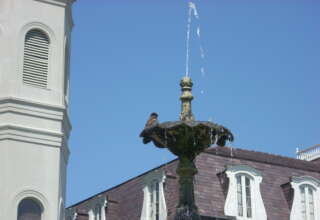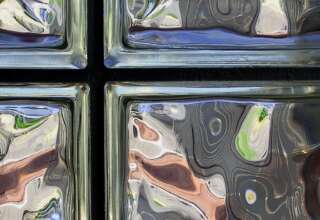
As many Jungians (e.g. Spano, 2013) have noted, The Red Book represents Jung’s partial transition and transformation into a mature man of remarkable wisdom. While Jung never fully resolves his relationship with women (and the animus force operating in his unconscious), he does find a profound understanding of the forces leading to an independence from childhood and societal influences and restrictions. Yet, amid this emerging (but partial) transformation and understanding is to be found a sustained interest in Gold by Carl Jung.
Jung represents Gold in several different ways in The Red Book, paralleling the multiple ways in which Gold (and money) represent values (good and bad), and foster aspirations and foresight in our secular, everyday world. It is in this exploration and portrayal of Gold in The Red Book that Jung finds a mostly successful grounding in his masculine (anima) energy. It is in the valuing of things, establishment of power, leaning into the future (aspirations), and search for expansive understanding (vision) of the world that we find the purpose of money and the realization of many masculine goals.
Jung seemed to have agreed with his Jungian colleagues regarding the lack of complete realization of his idealized self in The Red Book. He never published the book during his lifetime and only showed it to a few trusted patients. It was only after reading Richard Wilhelm’s German translation of The Secret of the Golden Flower that Jung found a new pathway beyond what he had created in The Red Book. Specifically, this book (published in 1929) introduced Jung to the field of Alchemy. It is in this field that a remarkable goal is identified. This goal concerns the transformation of basic metals (such as lead) into Gold. For Jung, this potential transformation paralleled what he thought occurred in the therapeutic process of individuation.
By the mid-1930s, Jung had become increasingly interested in combining the disciplines of philosophy, medicine, and religion. Much of his time was now spent reading and writing rather than seeing patients. Alchemy became a focal point of Jung’s attention. While his colleagues (especially Tony Wolff) warned Carl about attending to this highly controversial field of study and research. As noted by his biographer, Deirdre Bair (2003, pp. 395-396):
“When Jung read the ancient alchemical works, he found interesting parallels between their writers and many of the texts created by religious mystics, anchorites and other visionaries, particularly within the Christian tradition. To him, alchemy was more about the process of internal growth that he called individuation, and as such, it became his metaphor for the process of transference within the analytic encounter as it evolved within his psychology.”
I would suggest that the lure toward the transformation of “worthless” metal into “precious” Gold was fully present in The Red Book, as represented in the use of Gold colors to portray value, power, aspirations, and vision. As I have already noted, it is a common wish held by many of us that we can find something of value and something powerful in our lives. We aspire to value and power, while holding a vision of a pathway to this acquisition of golden value and power. This pathway is often paved with money. The value and power to be attained are often founded on the accumulation of wealth. Our powerlessness and valuelessness (basic metal) is somehow transformed into value and power (Gold) through the acquisition of money.






